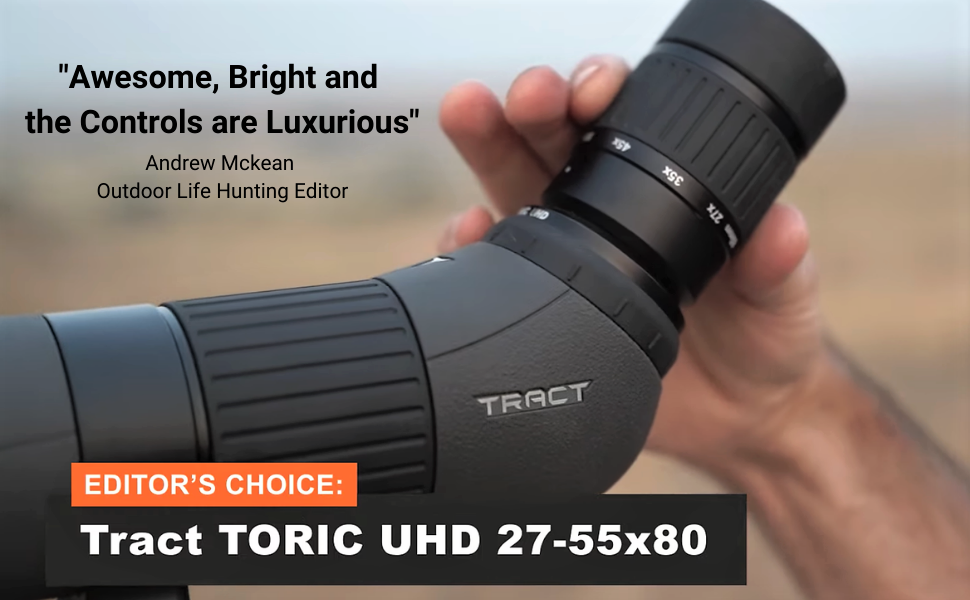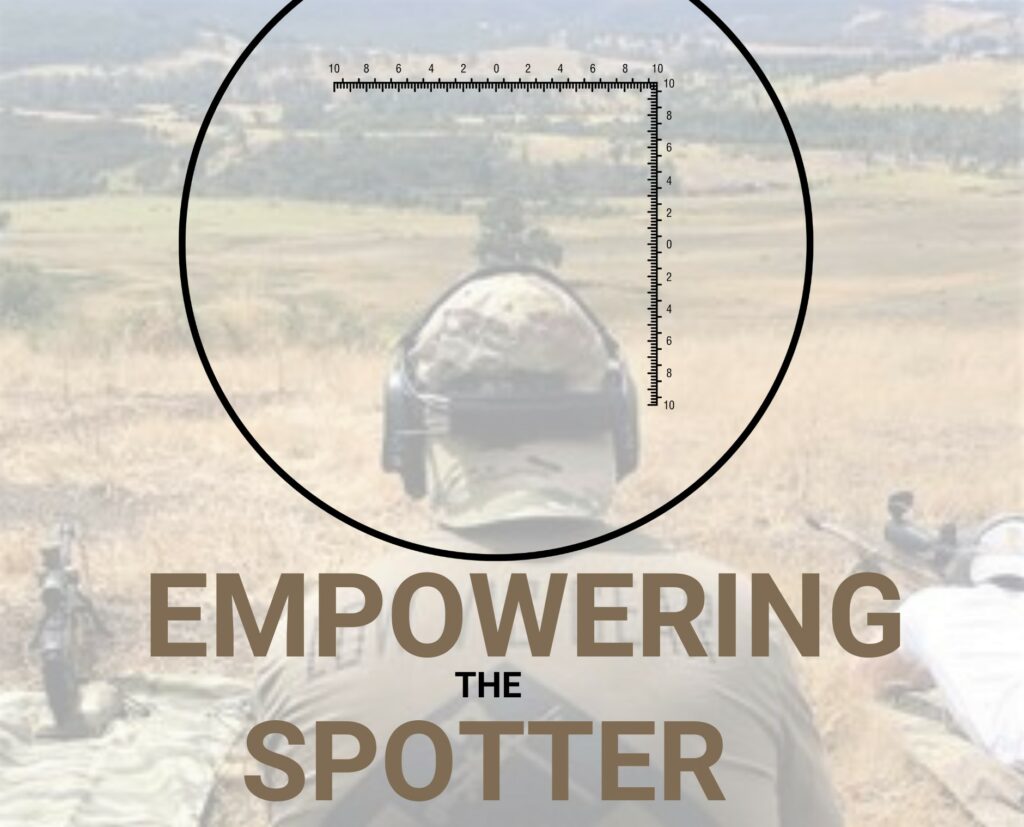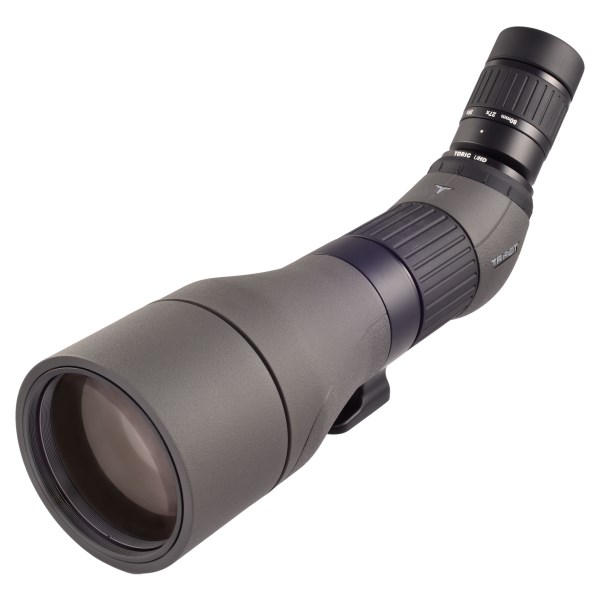If you're into competing in PRS, ELR or NRL type events, or even pinging targets out to 1,000 yards, finding the best spotting scope for long range shooting can be difficult. In this blog we're going to present the facts about different scopes and how you might benefit.
Spotting Scope For Long Range Shooting
What truly makes a spotting scope for long range shooting? A spotting scope for long range shooting and the proper eyepiece will provide the needed resolution/clarity at long range but also valuable intel to make an accurate shot. That information obtained by a spotting scope will help you read mirage make proper wind calls and for you competitors, gain valuable points.
We have seen first-hand the growth in high powered binoculars at events across the country, but sometimes shooters are finding that a 10x or even 15x bino is just not enough to get the information they need (especially when it comes to seeing what others shooters are doing). Seeing the exact point of impact is a difference maker.
Optical Performance of 80mm
In optics, the center of any lens will be the sharpest. Therefore, the larger a lens the greater the "sweet spot." An 80mm objective lens will be more advantageous in regards to light gathering, increased resolution, and overall performance vs the smaller 65mm or 50mm compact spotting scopes. Not to say that smaller objective spotting scopes don't have a place. But we're addressing the needs of the shooter who requires a spotting scope for long range shooting. This means high magnification with the maximum amount of light and overall clarity.
When you attend James Eagleman's Long Range Hunting School you quickly learn how valauble a quality spotting scope is. He makes it clear that you need a spotting scope light enough to carry in the field and teaches that a "75 to 80mm objective lens is critical for light gathering."
Fixed Power vs Zoom Eyepiece
When it comes to long range shooting with a rifle scope, the majority of shooters will tell you that high magnification is often misunderstood. Most new shooters to the sport are convinced that the higher the magnification of their scope, the better shooter they will be. When in fact, to much magnification can be a problem, especially with the movement of the reticle (percieved to be moving far greater at higher magnification), less field of view to see your misses and your lack of intel to read the atomoshperic conditions as well as you should.
"For long range hunting, a spotter should have minimal amount of lenses in the eyepiece for clarity. For example, a straight 35x magnification is better to read mirage than a zoom 20-60 eyepiece." James Eagleman - Barbour Creek Long Range Hunting School
According to James, a big misconception is that you need a 20-60 zoom eyepiece. "I use a fixed 35x eyepiece and shoot out to 1,786 yards weekly in all my classes with no need for anything more."
MRAD Reticle Eyepieces
Can you get by without a reticle eyepiece in the field of view, you sure can. But it may cost you some valuable intel that can make all the difference. The MRAD reticle eyepieces offered by TRACT is a great option for spotting for other shooters. It features an offset reticle that does not obscure the field of view while allowing precise target measurement and follow up shot correction. The reticle grid provides larger hash marks every 1 MRAD and .5 MRAD, as well as smaller hash marks every .2 MRAD. This allows for accurate range estimation and visuals for elevation and windage correction.
Eagleman teaches at his long range shooting schools that a reticle eyepiece that does not obscure the center of the field of view is best for viewing targets and reading mirage.
TRACT's fixed 22x MRAD eyepiece (with 2.5 degrees angle of view) sports an incredible 19mm of eye relief, putting less strain on the spotter’s eye and wider field of view over zoom eyepieces.
The fixed 30x MRAD eyepiece (with 2.2 degrees angle of view) also sports the 19mm of eye relief but with the additional magnfication, it can help see mirage at those longer distances.
Straight or Angled Body
Is one better than the other when it comes to optical quality? Or how about asking yourself, "Should I follow what everyone else is doing?"
When it comes to optical quality on a spotting scope for long range shooting, the answer is no. Whether the optical design is a straight line of sight or off set in an angled position, there is no change in resolution, FOV or eye relief. The main reason is because this is all done in the eyepiece not the body of the scope.
The 80mm angled body is TRACT's top selling long range spotting scope.
It's true that with an angled body you're looking down and not straight ahead (line of sight) which for some can take some time to get used to. However, because you're looking down, the tripod is in a lower position which allows the tripod to be more stable. Typically, anything that can get lower to the ground will provide more stability and in the end a sharper image. Looking uphill is easier with an angled eyepiece because you can easily position your eye behind the scope. Because the body rotates, it will allow you to easily look through your eyepiece when shooting prone or standing up.
An angled eyepiece can have the potential to collect rain or moisture so it will be important to either rotate the body or put an eye piece cover on in those situations. Looking downhill (steep decline) would require you to completely reposition your entire body to get a full field of view whereas a straight body will be more line of sight.



